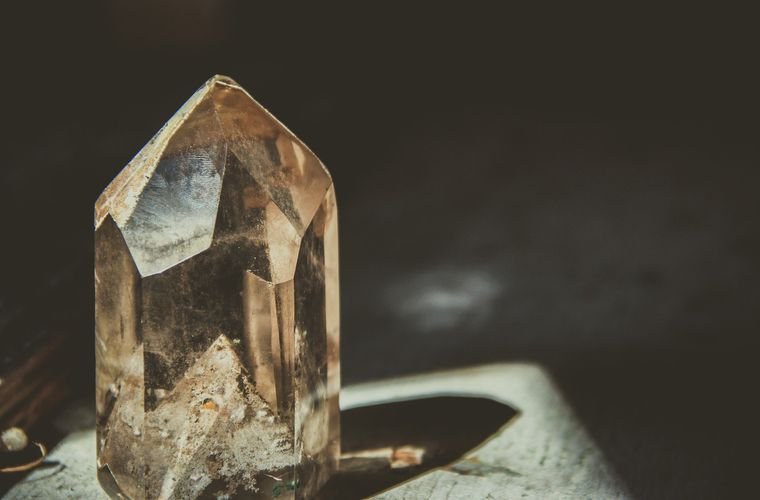From atomic clocks to quantum computers, the field of quantum physics has relevance to the world around us in a variety of ways, though most often in ways that we can’t see. Because of its inherent invisibility, as well as its complicated and confusing nature, it is often a difficult field of science for many to comprehend.
Physicists around the world have long worked at resolving the mysteries of quantum physics and how it works, and now, in a study from Lancaster University, a team of researchers have found that “time crystals,” once thought to be an impossibility, may be real after all and obey quantum physics.
Background: What is a Time Crystal?
Time crystals are considered to be an arrangement of atoms or particles that form regular repeating patterns in time. These crystals are opposite to the more familiar concept of space crystals, which are just molecules or atoms arranged in patterns in space. Space crystals include objects like diamonds, snowflakes, pearls, and even salt.
However, unlike space crystals, time crystals are much harder to conceive and prove. These crystals were once believed to be impossible, as they were comprised of atoms in a never-ending train through time. However, recent work by physicists at Lancaster University may offer proof for time crystals with the help of another long-questioned topic in science: perpetual motion.
Analysis: Perpetual Motion Machines
Perpetual motion describes the phenomenon where a device that is set in motion continues forever, without any additional energy inputs. Perpetual motion machines have fascinated scientists and inventors for decades, as these machines would maximize efficiency… if one were ever constructed. However, while there have been many attempts to create such machines, none to date have ever succeeded, since the concept perpetual motion is generally recognized as being in violation of the first and second laws of thermodynamics.
“Everyone knows that perpetual motion machines are impossible,” explained Dr. Samuli Autti, a professor from Lancaster University and the lead author of the recent time crystal study. Nonetheless, Autti and the team believed that time crystals were somewhat similar to the concept of perpetual motion, and the two might even be connected in a way.
“In physics, perpetual motion is okay as long as we keep our eyes closed,” Autti says, adding that, “By sneaking through this crack, we can make time crystals.”
To create the time crystals, the researchers used a rare isotope of helium called Helium-3. They cooled the superfluid helium to near absolute zero Kelvin, then created a pair of time crystals inside the helium using similar quantum components as those found within a quantum computer. Then the researchers watched the two crystals interact as they touched the helium.
While the crystals were kept at cold temperatures, they appear to be much more versatile in terms of the temperatures at which they can operate.
“We already know they also exist at room temperature,” Autti states. The team published their results in Nature Communications.
Outlook: Time Crystals for Future Devices?
While the recent study is the first to point to the real-world existence of time crystals, it also points to significant implications for future technological development. For example, time crystals could be used to help make quantum computers work at room temperature, whereas presently, most quantum computers are required to be kept at extremely cold temperatures in order to function and are extremely fragile.
Although there is still a long path toward fully unlocking the potential of time crystals, they may one day help facilitate more stable and versatile quantum machines, and thereby significantly advance the field of quantum physics overall.
Kenna Hughes-Castleberry is a staff writer at the Debrief and the Science Communicator at JILA (a partnership between the University of Colorado Boulder and NIST). She focuses on deep tech, the metaverse, and quantum technology. You can find more of her work at her website: https://kennacastleberry.com/

